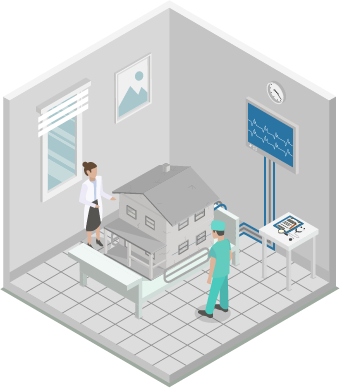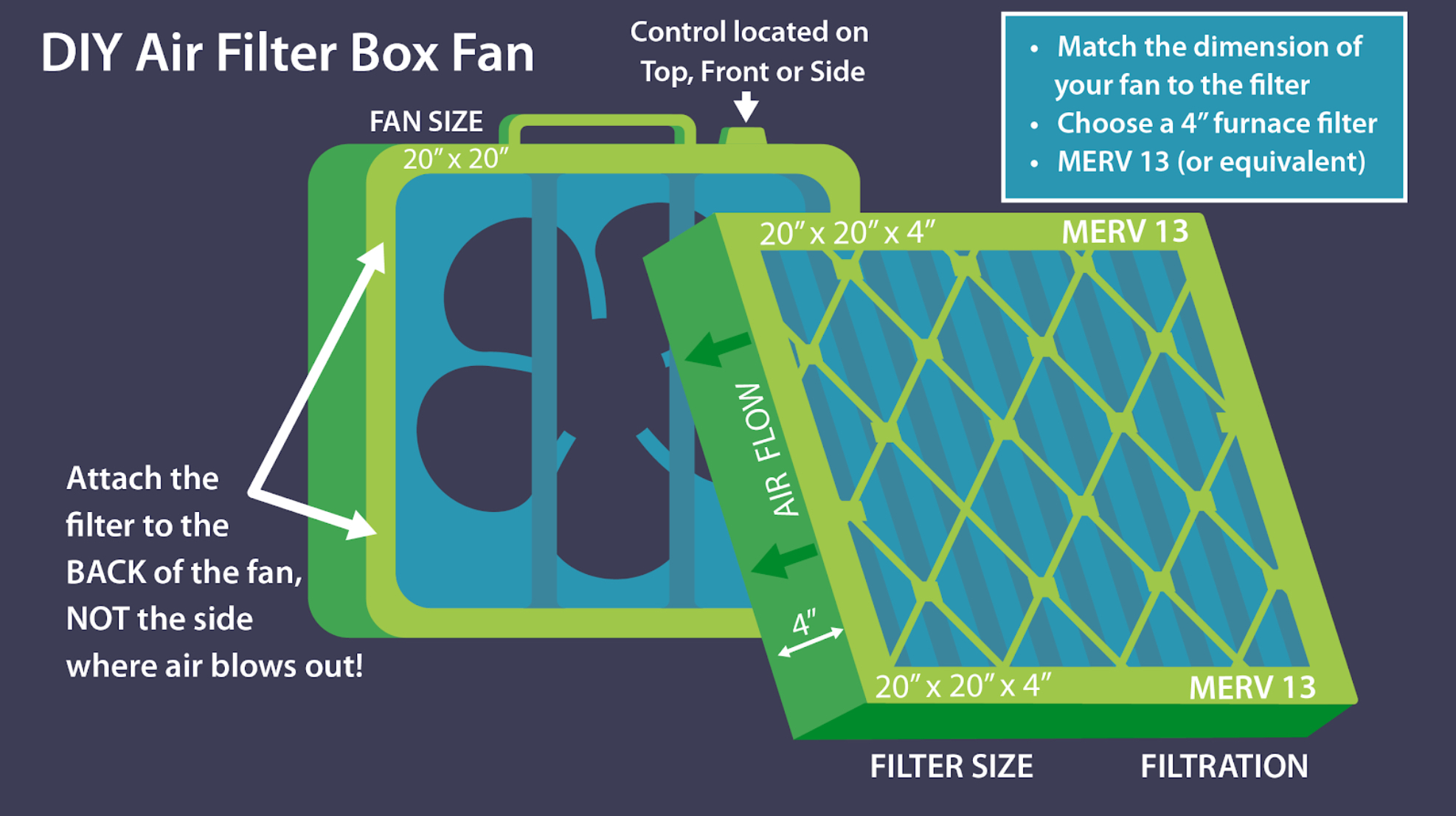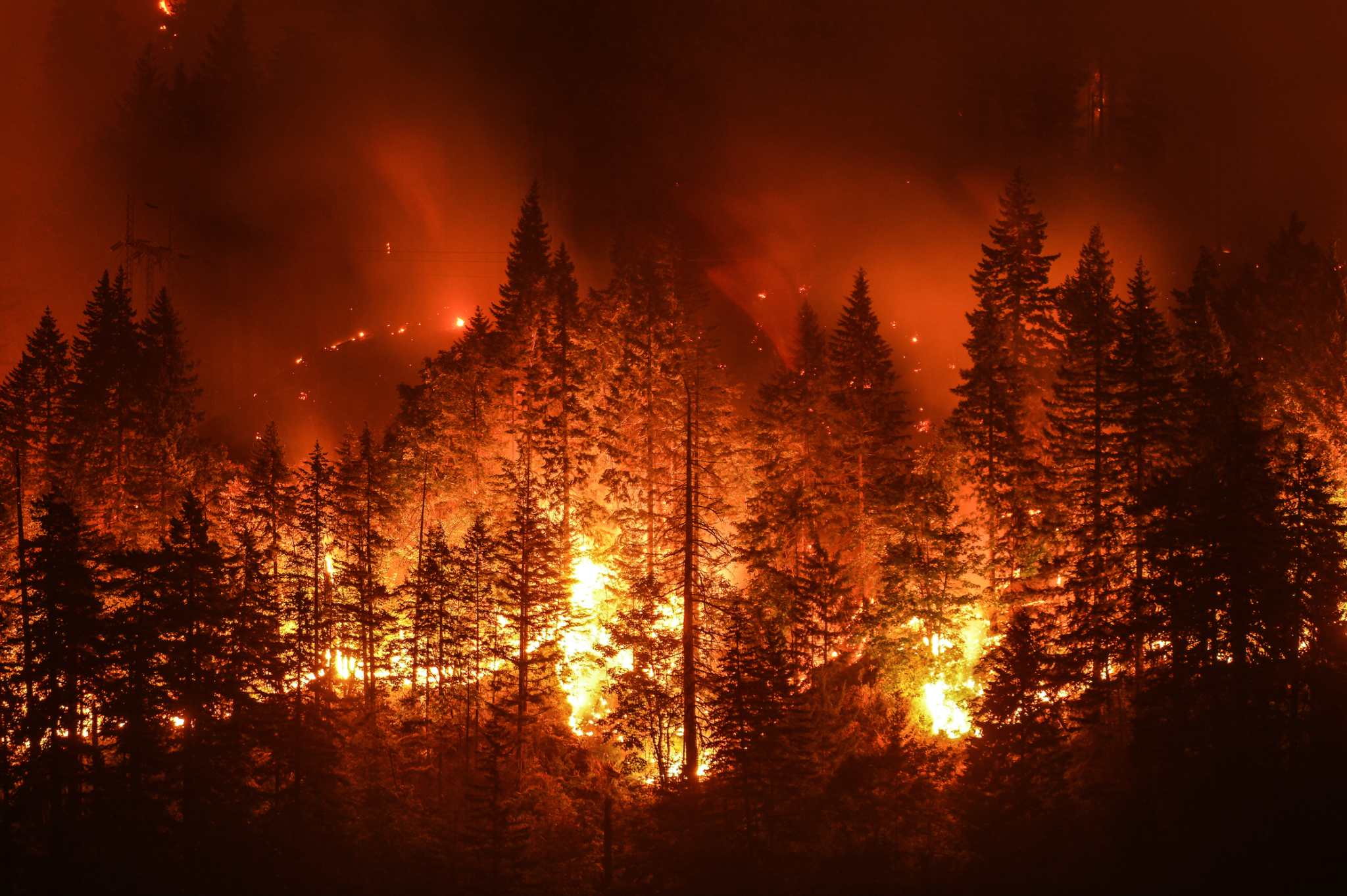Even if your home has been spared from acute flooding, what seems like “minor” water damage from leaks and other water intrusions can turn into major problems over time – and need to be addressed ASAP.
Hurricanes, tropical depressions, and even just heavy rains can cause flooding and massive property damage. Typically emergency efforts are focused on keeping people alive, rescuing stranded survivors from rooftops and from stranded cars. Basic needs for shelter, food, and water come first before damage to houses and property.
But many more houses are outside of the worst of the devastation and flooding. They are along the fringes of the storm(s) where houses can still be damaged without being destroyed or even directly in the path of a hurricane but saved from flooding by elevation or location. These houses are still at risk for leaks and dampness that isn’t always immediately obvious; for eventual odors, wood rot, and mold growth in the days and weeks to come.
While these assumed “minor” issues don’t receive the attention of national news reports, Federal disaster funding, and storm-chasing damage restoration contractors left unattended they can eventually lead to major structural damage and adverse health effects.
When professional help is days or months away, there are still critical actions you should take, on your own, even before the rain stops.
Mitigate the damage
Mitigation means acting quickly to stop the damage from getting worse, without necessarily fixing the damage. The key to storm mitigation is stopping water leaks and minor flooding so materials can dry within 24-48 hours. This prevents the further damage of structural weakening or wood rot, and stops the growth of mold on damp surfaces. Even before the hurricane moves on, even while it is still raining, there are ways to mitigate the damage. The key is to not wait, but to go ahead and do the best you can, as soon as you can, with what you have on hand.
- You can stop minor leaks from the roof or windows by covering them with a tarp or plastic sheeting. This will prevent additional water intrusion while it continues to rain – and for the next time it rains – while waiting for repairs to be made.
- Get all standing water out of rooms, walls, attics, basements, or crawlspaces and off of floors.
- If walls got wet, the most effective action is to cut small openings or drill holes along the bottom of the sheetrock to drain the water from inside the structure.
- If there is insulation inside the wet wall, remove it, because it acts like a sponge and holds water inside the walls.
- Loosen the baseboards so the wall behind them can dry.
- If you aren’t sure about what may be damp, how far dampness may have spread, or if there is hidden dampness, use a pad-type moisture meter and check surfaces for elevated moisture content. Simple meters that are “good enough” can cost as little as $50 and are available at most hardware stores.
- If damp surfaces do not have visible mold growth, direct fans and blowers against the obviously damp structures to get them dry before mold can grow.
- If damp surfaces already have visible mold growth, do not blow air against them – it will spread mold spores and fragments throughout the house. Instead, tape plastic over the entire area of suspected growth to keep the dampness and mold contained. The damage may continue behind the isolation barrier, but mold won’t spread throughout the house and therefore it won’t expose you and your family.
Once damage is discovered, take pictures of everything that you can and contact your insurance company and find out if the water damage is covered by your policy. Don’t wait. Coverage is not always obvious or intuitive, so be sure to check your policy carefully and confirm coverage with your adjustor (this is not the same person who sold you the policy).
Remember, it takes time for wood to rot and for mold to grow so stay aware in the days and weeks after storms have abated for signs of swelling or warping of wood, flaking paint, and for musty smells or other off-odors – they are all signs of damage and/or mold.
If you are in Texas or Louisiana and suspect you need a mold assessment or remediation, be aware that both states have legislation governing the conduct of mold inspectors and mold contractors. See https://www.dshs.texas.gov/mold/rules.shtm for Texas and http://new.dhh.louisiana.gov/index.cfm/faq/category/41 for Louisiana. Regulations differ, so check with your state’s Department of Health as a starting point.
Hurricanes and storms cause havoc, and the weather on the fringes can also. With the above steps, you can react quickly and effectively to mitigate the risk of long-term serious damage escalating from the initial “minor” damage.
For more serious damage like flooding or extensive water intrusion get the free Homeowner’s and Renter’s Guide to Mold Cleanup After Disasters from the CDC at: https://www.cdc.gov/mold/pdfs/Homeowners_and_Renters_Guide.pdf
Hayward Score helps you discover how your home may be impacting your health in minutes – – for FREE!
Answer a quick set of questions then get a personalized list of action items. Transform your home and health today!

ARE YOU CONCERNED YOUR HOME IS MAKING YOU SICK?
Our guide on indoor quality will help you diagnose possible issues and implement intelligent solutions to improve the quality of the air inside your home.















